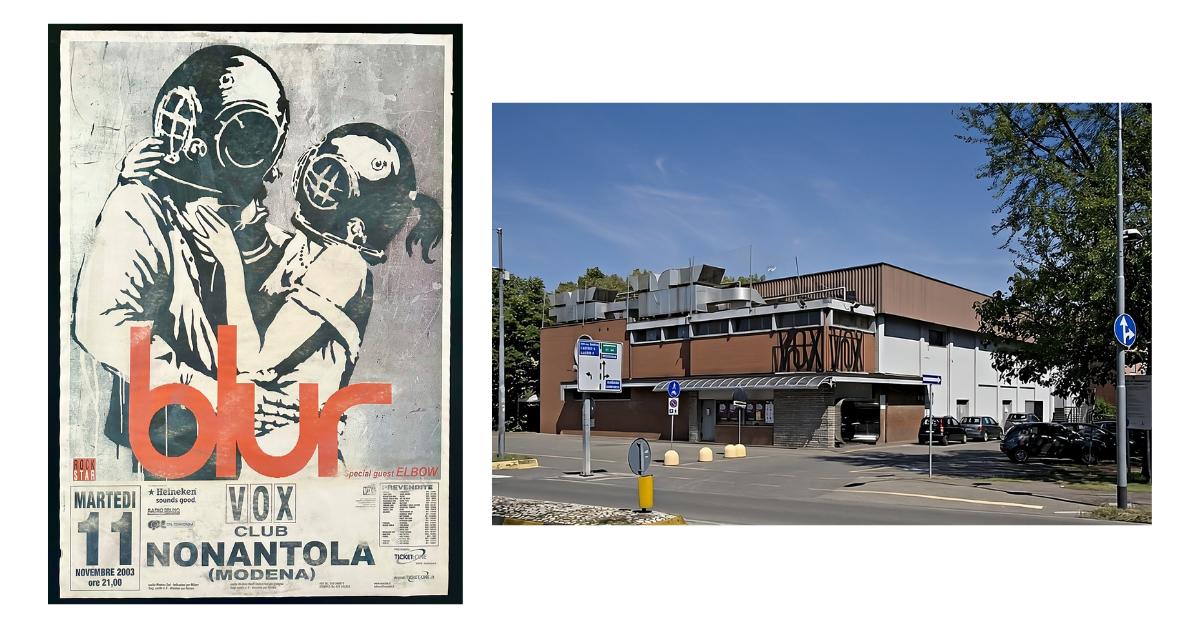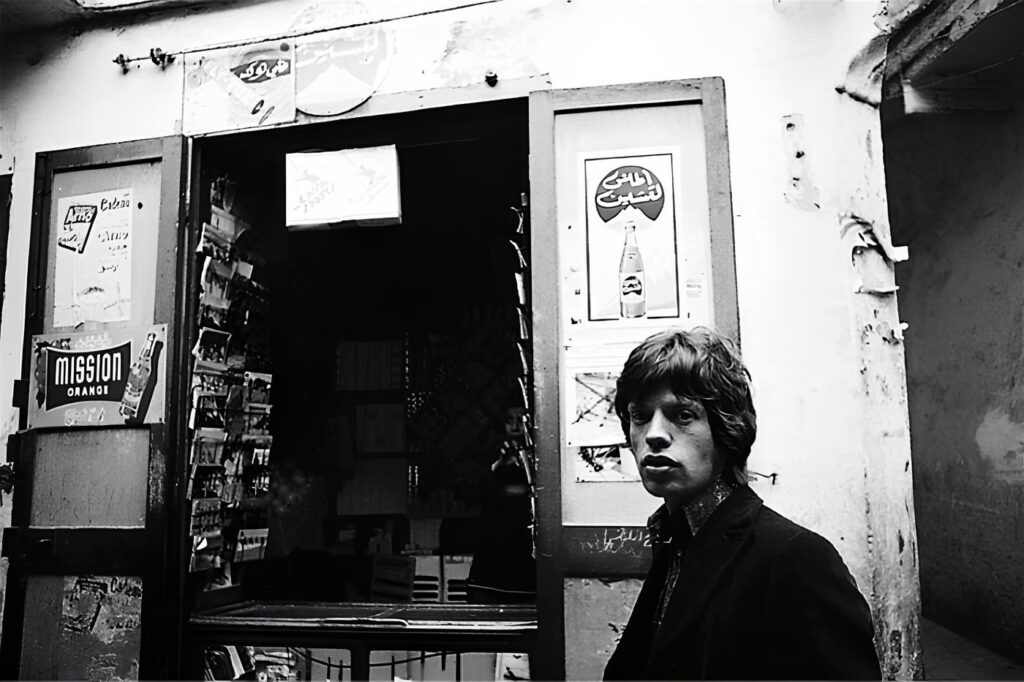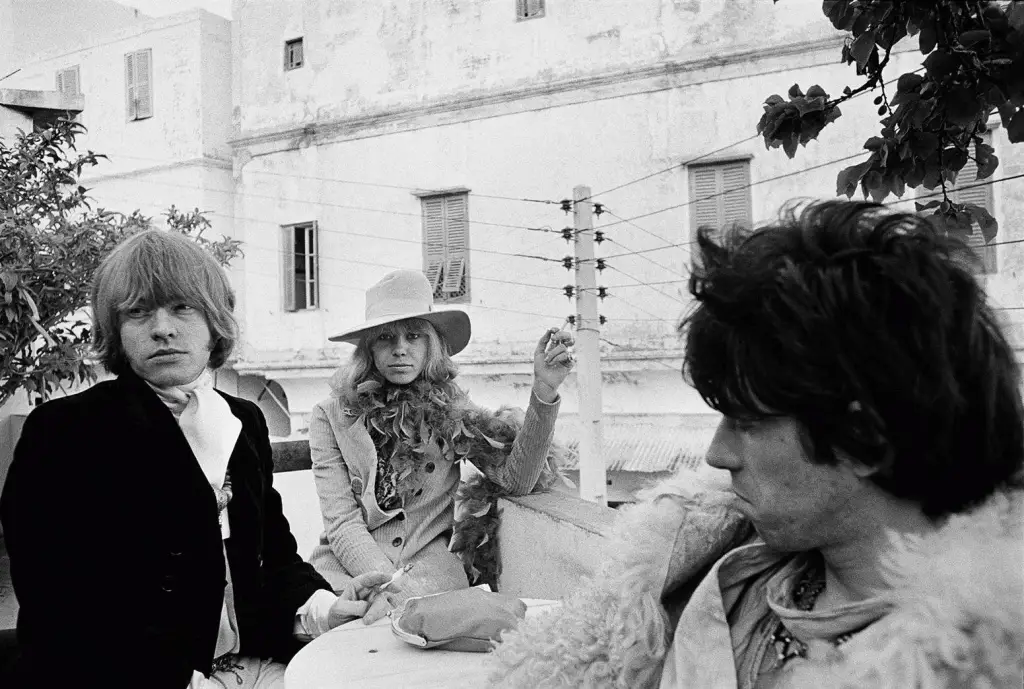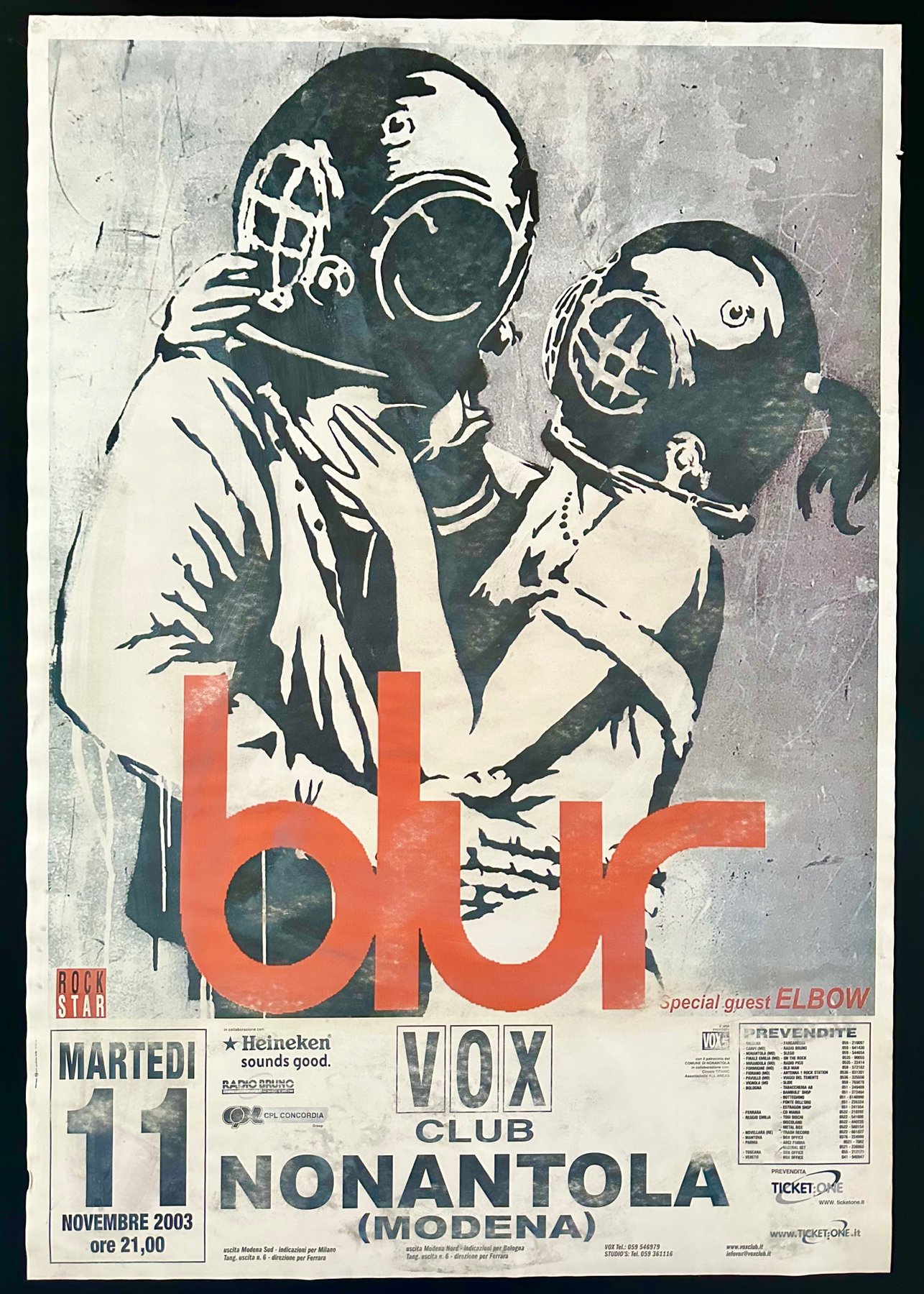
Print details
- Purchased on: 05/16/2024
- Size: 70×100 cm
Backstory
I decided to buy this piece for two different reasons: the first is because I already own a piece related to Banksy, and I wanted to create a mini-collection featuring his work. Secondly, I want to remember the period from 1990 to 2010, which was quite special for live music in Italy, thanks to venues like the Vox Club of Nonantola—the closest to my home, where I had the chance to see a lot of live music.
About the Blur poster
Original 2003 poster used for the Blur concert at the Vox Club in Modena. The poster features Banksy’s famous “Think Tank” mural at the center, making it a very valuable heirloom.
The rarity of the image, created specifically by Banksy for Blur, is highlighted by the fact that the artist always refused to make commercial works. Banksy defended his choice:
“I’ve done a few things to pay the bills, and I did the Blur album. It was a good record and [the commission was] quite a lot of money. I think that’s a really important distinction to make. If it’s something you actually believe in, doing something commercial doesn’t turn it to shit just because it’s commercial. Otherwise you’ve got to be a socialist rejecting capitalism altogether, because the idea that you can marry a quality product with a quality visual and be a part of that even though it’s capitalistic is sometimes a contradiction you can’t live with. But sometimes it’s pretty symbiotic, like the Blur situation.”
The album’s cover art sold at auction in 2007 for £75,000. [source]
About the concert venue
The Vox Club in Nonantola was born from the ashes of another venue renowned for music, the Mascotte. Part of the CCCP concert, held in May 1988, is available online (part 1, part 2).
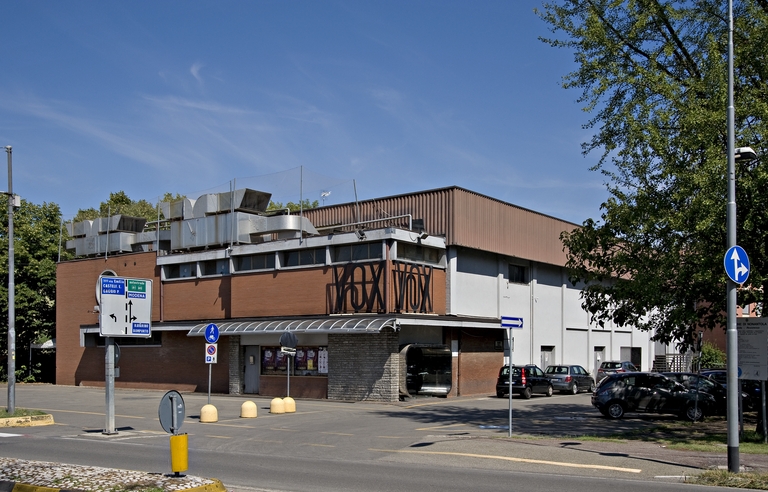
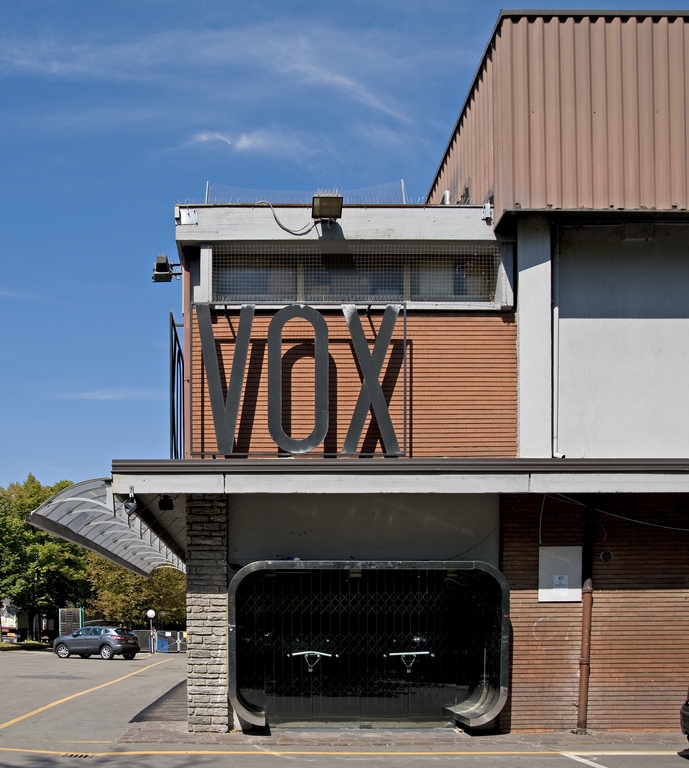
Opened in 1992, Rolando Rivi himself, the patron of the venue and head of Studio’s, has always emphasized that ‘the Vox Club not a disco, it’s a concert club. The disco activity serves to ensure continuity for the venue and its programming, but the purpose of the Vox is live music’ [source].
In fact, for 20 years the Vox Club has been a landmark for live music, hosting not only all the most popular Italian artists of the moment, but also many international artists. Among others (thanks to Marco Z. and Federica N. for helping me with the research): Bob Geldof (1992), Nick Cave (1993, 1994), Stone Temple Pilots (1994), Jamiroquai (1994), Counting Crows (1994), Bjork (1995), Paul Weller (1995, 2005), Bush (1995), Shaggy (1995), Blur (1996, 2003), Sonic Youth (1996), Skunk Anansie (1997), The Wallflowers (1997), Korn (1997), Counting Crows (1997), Ben Harper (1997), Radiohead (1997), Robbie Williams (1997), Portishead (1998), David Byrne (1998), Massive Attack (1998), Eagle-Eye Cherry (1998), Goo Goo Dolls (1999), The Cardigans (1999), Morrissey (1999), Bush (2000), Jarabe de Palo (2000), Richard Ashcroft (2000), St. Germain (2000), Morcheeba (2000), Calexico (2001), Kings of Convenience (2001), Air (2001), Travis (2001, 2003), Oasis (2002), Queens of the Stone Age (2002), Stereophonics (2003), Interpol (2005), Bloc Party (2005, 2007), Arctic Monkeys (2006), Alter Bridge (2010).
While this is a short piece about the Vox Club, I hope to dive deeper into this piece of music history related to music clubs: stay tuned.
The collection
In 2023, I began collecting photographs (primarily) that have a story to tell. The enthusiasm from the few people I shared the idea with encouraged me to make these stories public. I have therefore decided to also publish these “stories” on my website, so that they are not exclusively accessible via the QR code I offer to my guests.

